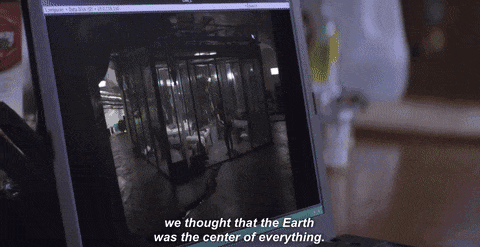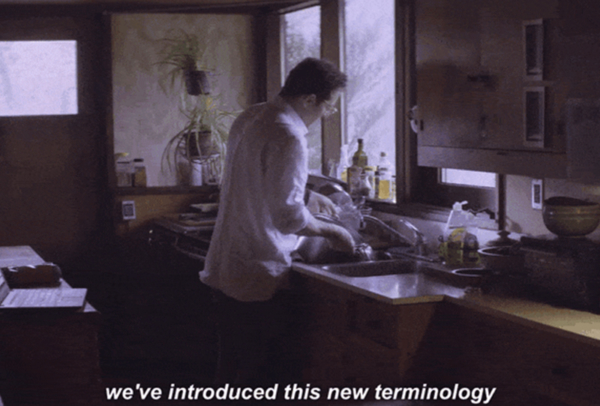Mild spoilers for The OA ahead.
Famed astrophysicist Brian Greene inadvertently narrates a crucial scene in The OA’s fifth episode, “Paradise.” Hap, still struggling to figure out where his captives go when they “die,” tunes into an episode on multiverse theory in which Greene explains the possibility that there are parallel universes. This easily overlooked sound bite is key to understanding the series.
The show plays an excerpt from an actual episode of NPR’s “Fresh Air” that aired in January 2011. Interviewed by Terry Gross, Columbia University’s Greene says:
The reason why we have introduced a new term called the multiverse — which basically means multiple universes — is because as we have studied physics ever more deeply, we have found that what we have long thought to be everything is only a small part of a grander whole, only one piece of a much wider cosmos.
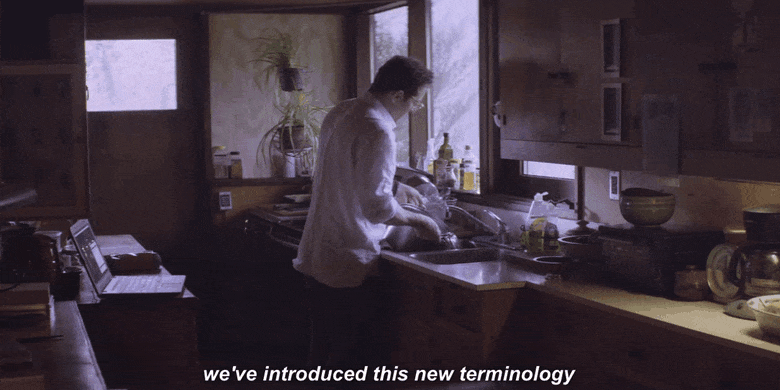
Hap appears to be lost in thought as Greene goes on to explain that the term “multiverse” had been coined to communicate the idea of our universe being just one of many. The idea of parallel universes is key to Hap’s work: He believes that his near-death experiencers must go somewhere when they die because of the “whooshing” sound that accompanies death and subsequent revival. “Now if they came back, it means they went somewhere,” he says in episode two. “Where did they go? We could prove that.” Multiverse theory suggests it is possible that the OA, for example, can exist in both the universe we know, where she is “dead,” and in the celestial universe of Khatun, where she is alive, together with her father.
As Greene explains, this idea was borne out of the notion that everything humans have ever believed was a fundamental physical fact — the idea of geocentricity, followed by heliocentricity, and so on — has been shown to be part of a larger scientific truth. The sun is at the center of our solar system, which is part of of our galaxy, which is one of countless galaxies in our universe. Who’s to say our universe is not one of many?
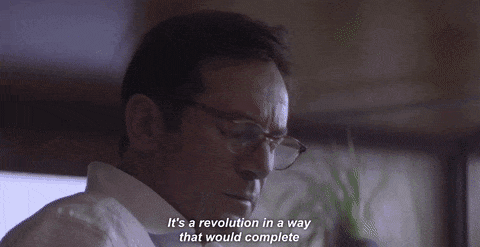
Inflationary cosmologists study the idea that the Big Bang, which we credit with the birth of our universe, may have actually been a collection of infinite Big Bangs, which all gave rise to their own universes. Assuming the laws of physics as we know it are constant across the multiverse (itself very presumptuous), then despite the possibility of infinite universes, there are a finite number of ways that matter can assemble over time. Is it possible that atoms come together and that history aligns in more than one universe to form the same OA in different settings? Theoretically, sure.
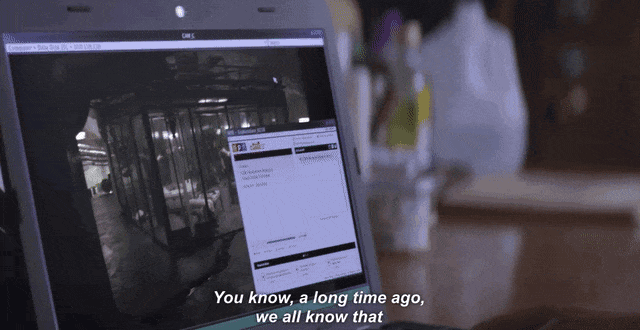
Multiverse theory, of course, is not without its caveats. We don’t know whether earthly physics applies everywhere in the cosmos, for example, and we have no idea what happened before— or at — Time Zero during the Big Bang. And even within our own universe, grappling with the ethical implications of the multiverse has been contentious: Some people believe that believing in infinite parallel universes is dangerous because it makes people in our universe feel their actions in the now are less morally consequential — as if to say, if I kill the OA here, but she lives in Khatun’s realm, is murder really that bad? — while others suggest that this thinking represents a warped version of the way scientists like Greene actually think about the multiverse. Regardless, on The OA, it’s pretty clear that ethical guidelines, whether universal or multiuniversal, don’t bother Hap much anyway.
